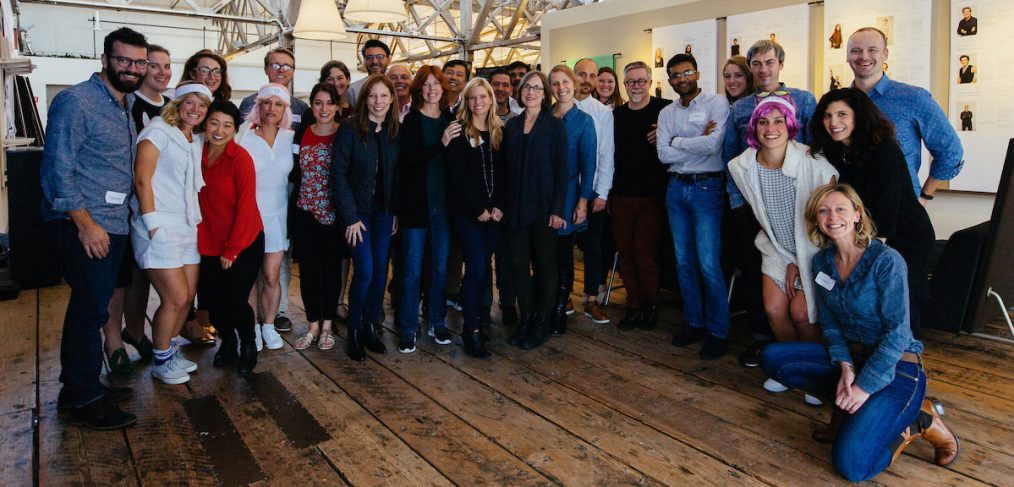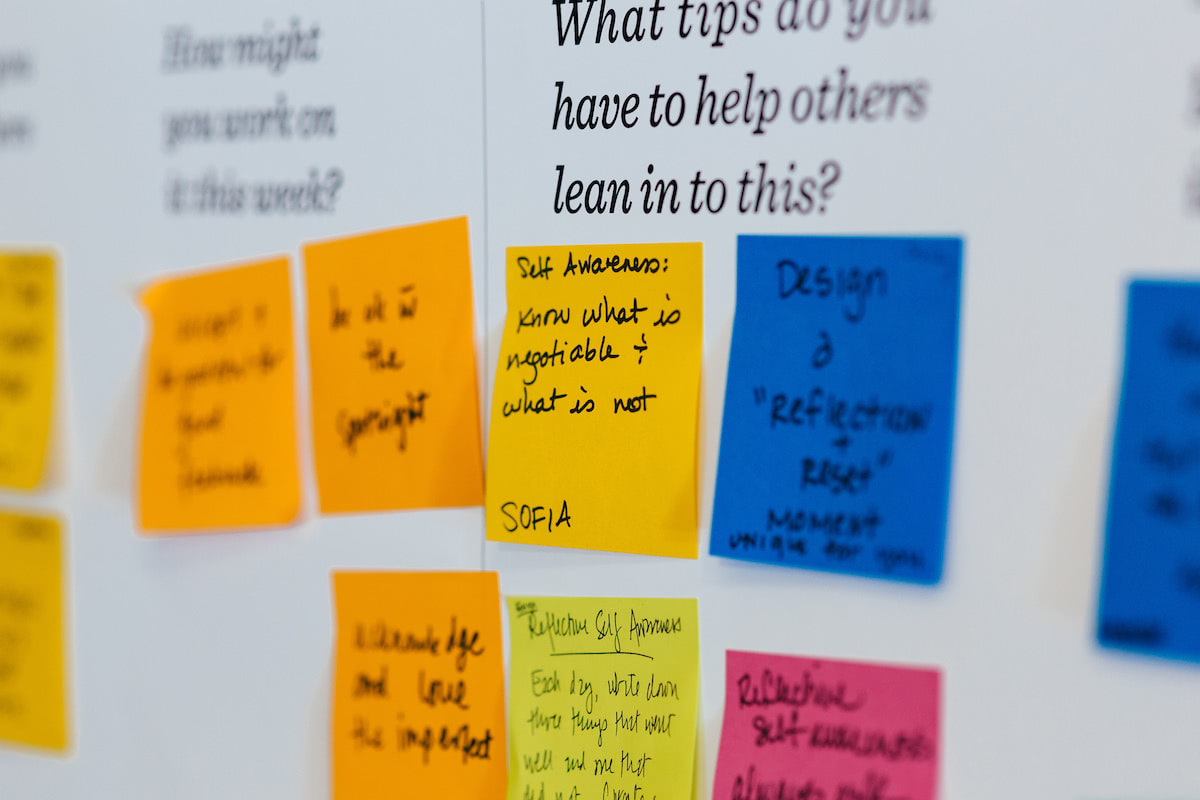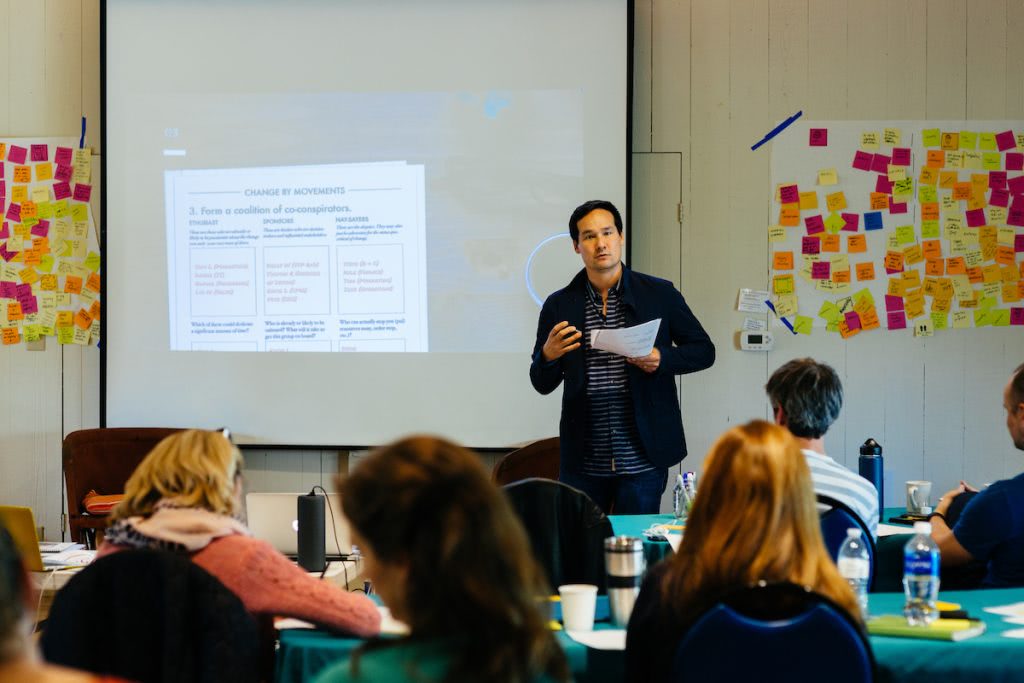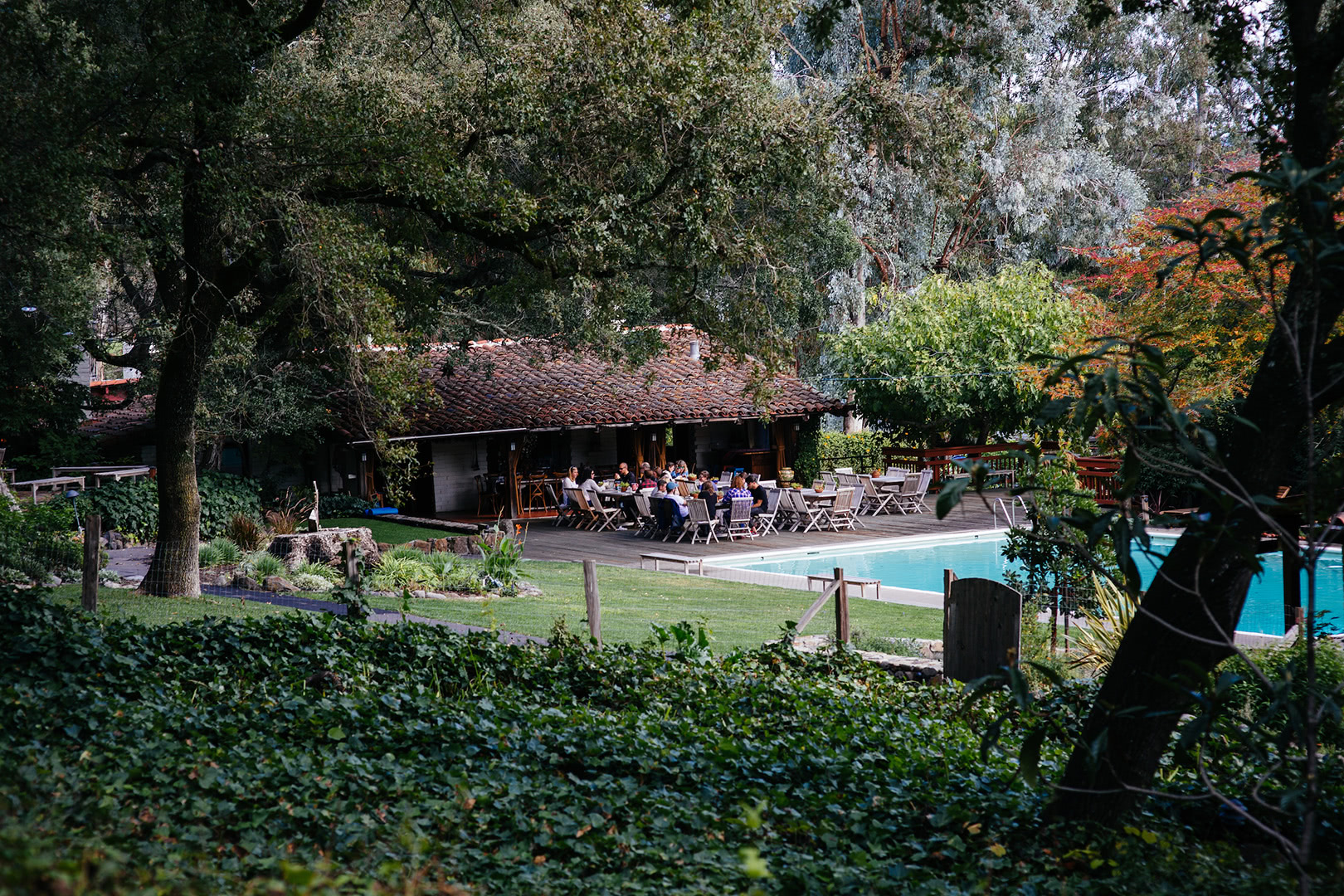
Bright Ideas, Big Impact
CRTKL’s Sarah Kimes describes her process for cultivating creativity within a workplace.
 In August of this year, I was honored and excited to be selected as one of 22 global creative leaders for the inaugural Impact House by IDEO U and University of Pennsylvania’s Center for Social Impact Strategy. As a fellow, I received a full scholarship for an eight-day residential training program in Sonoma led by brilliant mentors and joined by other fellows from around the world who were working to impact their community or organization using design thinking.
In August of this year, I was honored and excited to be selected as one of 22 global creative leaders for the inaugural Impact House by IDEO U and University of Pennsylvania’s Center for Social Impact Strategy. As a fellow, I received a full scholarship for an eight-day residential training program in Sonoma led by brilliant mentors and joined by other fellows from around the world who were working to impact their community or organization using design thinking.
Over the course of the week in early November, we collaborated to refine our design thinking skills, better understand behavior change within organizations and dive deep into our personal and professional purpose. We were challenged with questions such as, “How might we design rituals within our organization to feed a culture a creativity?” and, “How might we design a culture of play where it is okay to fail?”
I know—these are big ones.
And throughout the week, I focused on my personal question: “As we design places and spaces, how might I be better at cultivating creativity within my team?”
I learned that creative leadership isn’t about me becoming more creative; it’s about discovering the best ways to lead for creativity. That means figuring out how to unlock the creative potential within my group and set the conditions for my team to generate, embrace and execute new ideas. This is essential for us to compete as a team and firm.
So, how does this happen? It doesn’t occur overnight, but there are a few steps that can be taken quickly.
Develop rituals within your team
 Rituals can help support creative work and boost effectiveness, along with strengthening your team’s internal culture. For example, the brand services team in Dallas brainstormed what we wanted and needed as a ritual for our group of eight, and we decided we needed to: 1) move out of our desk area more often, and 2) gain inspiration from each other. This assessment culminated into our new weekly ritual: the ‘Wednesday Walk.’ Every Wednesday at 10a.m., our team walks together to get their morning coffee, and during this time we talk about what we’ve been inspired by or excited about over the past week. This ritual boosts our tribe behavior and our creative culture.
Rituals can help support creative work and boost effectiveness, along with strengthening your team’s internal culture. For example, the brand services team in Dallas brainstormed what we wanted and needed as a ritual for our group of eight, and we decided we needed to: 1) move out of our desk area more often, and 2) gain inspiration from each other. This assessment culminated into our new weekly ritual: the ‘Wednesday Walk.’ Every Wednesday at 10a.m., our team walks together to get their morning coffee, and during this time we talk about what we’ve been inspired by or excited about over the past week. This ritual boosts our tribe behavior and our creative culture.
Give people permission to fail
The beauty of the design thinking process is that it allows people to prototype their ideas and fail quickly, cheaply and easily before developing the final idea. The failed ideas are essential to prevent compromising the team’s reputation or wasting time or money on implementing weak solutions. The point of prototyping is to ideate, problem solve and rapidly test ideas without commitment. To implement this creative prototyping process within your team, find some Legos, blocks, construction paper or whatever you have on hand and let your team loose. Encourage them to design for the user, think divergently and build off each other’s ideas. Let them play.
Bring meaning to creativity
 At a large organization, it’s sometimes difficult to feel ownership of the higher level vision, but it’s possible and important to create a purpose within your team so they understand their role within the organization beyond making a profit. By helping your team develop a purpose and realize their impact within the firm, you’ll inspire and expand their creativity by giving their work more meaning and importance. This also increases creative collaboration among team members, as they’ll need to come together to agree on strategies and goals to achieve this higher purpose. In other words, let’s all hold hands and jump together.
At a large organization, it’s sometimes difficult to feel ownership of the higher level vision, but it’s possible and important to create a purpose within your team so they understand their role within the organization beyond making a profit. By helping your team develop a purpose and realize their impact within the firm, you’ll inspire and expand their creativity by giving their work more meaning and importance. This also increases creative collaboration among team members, as they’ll need to come together to agree on strategies and goals to achieve this higher purpose. In other words, let’s all hold hands and jump together.
It’s important to note that creativity involves practice; it’s not something you either are or aren’t, and everyone has the potential to lead for creativity. And as leaders of creativity, we must continually find ways to adjust our culture through rituals that have impact and encourage experimentation to unleash the power of creative problem solving.
